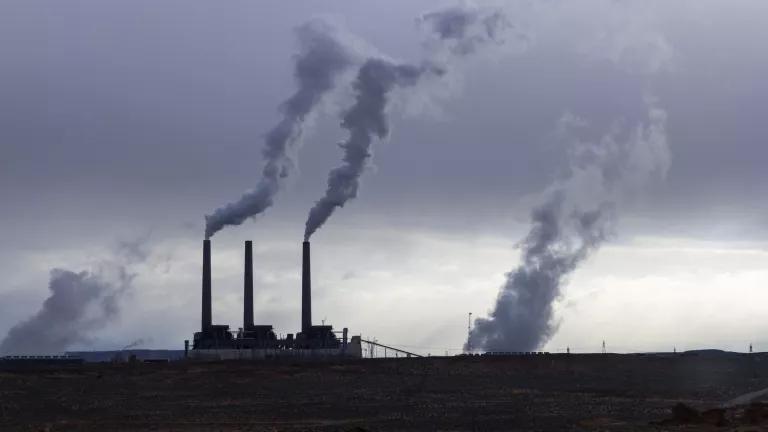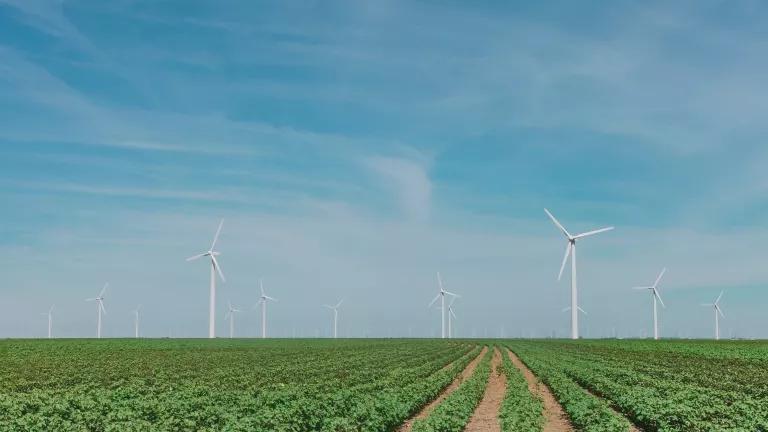Federal Relief Should Support Healthier Energy Efficiency

Learn more about NRDC’s response to COVID-19.
As millions across the country shelter in place during the COVID-19 pandemic, people are spending more time inside their homes. Because indoor environmental quality can significantly affect respiratory health, it is more critical than ever to promote healthier homes, especially for our most vulnerable populations. Safer materials for weatherization and energy efficiency under federal programs should be part of the solution.
The recently approved CARES Act directs much-needed funding to the Low Income Home Energy Assistance Program (LIHEAP) to help ensure access to energy, for example. LIHEAP provides assistance to over 6 million low-income families each year to cover heating and cooling costs, and also supports weatherization services such as installing insulation to increase building energy efficiency and decrease utility costs. Investments in energy efficiency can deliver these benefits and more, but not all weatherization materials are created equal.
To best serve low-income communities, Congress and the Trump administration should take immediate action to mandate that only healthy weatherization materials are installed with current and future pandemic relief funding for LIHEAP and other low income programs.
The Connection to COVID-19
Understanding the relationship between health, environment, energy, and affordability is growing increasingly important and the current pandemic provides a unique opportunity to ensure that stimulus spending is consistent with public health goals and protects our nation’s most vulnerable residents from more harm. We already know that pre-existing respiratory disease and air pollutant exposures contribute to higher COVID-19 death rates, and that these factors may be a part of racial disparities seen in COVID-19 outcomes.
Therefore, it’s paramount that materials used for weatherization do not contain substances that can compromise health or increase COVID-19 risk factors (such as respiratory health hazards) for installers and residents in low-income communities. The Association of Occupational and Environmental Clinics identifies substances that can cause asthma (known as asthmagens and respiratory sensitizers) based on criteria developed in collaboration with experts in occupational and pulmonary medicine.
Unfortunately, some insulation and air sealing materials commonly used for weatherization contain these kinds of chemicals, such as formaldehyde and isocyanates. Formaldehyde-containing building materials became infamous after Hurricane Katrina in 2005 when the federal government provided trailers for displaced residents. The particle board and other materials used to construct the trailers emanated high levels of formaldehyde, sickening occupants. This is an example of the negative consequences that can occur when chemical content is not considered in making building material decisions.
We recommend that insulation materials used for low-income weatherization under LIHEAP or the Weatherization Assistance Program (WAP) be free of asthmagens and respiratory sensitizers (such substances should not be intentionally added or present at greater than 0.1 percent [1,000 parts per million] by weight in the product).
Safer Alternatives Are Available
The good news is that healthier materials without these harmful chemicals, such as formaldehyde-free fiberglass insulation, are already widely available, effective, and employed in affordable housing for energy efficiency.
Individuals can also take steps in their own homes to save energy and reduce costs, choose better materials for renovation projects, and follow safer cleaning tips to make indoor environments healthier.
The Energy Efficiency for All (EEFA) coalition, which includes NRDC, is engaged in the evolving discussion around energy, health, climate and affordability. EEFA has conducted research and analysis of insulation and air sealing materials used in the affordable multi-family sector for energy efficiency and developed a suite of resources to guide material selection, specify healthier materials, and advance stronger policies.
Policymakers must understand how to craft policies that not only provide benefits but also create no harm, with priority on vulnerable populations. Use of safer materials supports healthier, more energy-efficient buildings for these communities that stand to benefit the most from reduced energy costs and improved indoor environmental quality.


